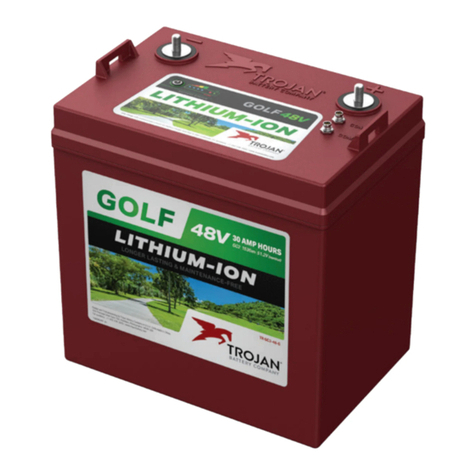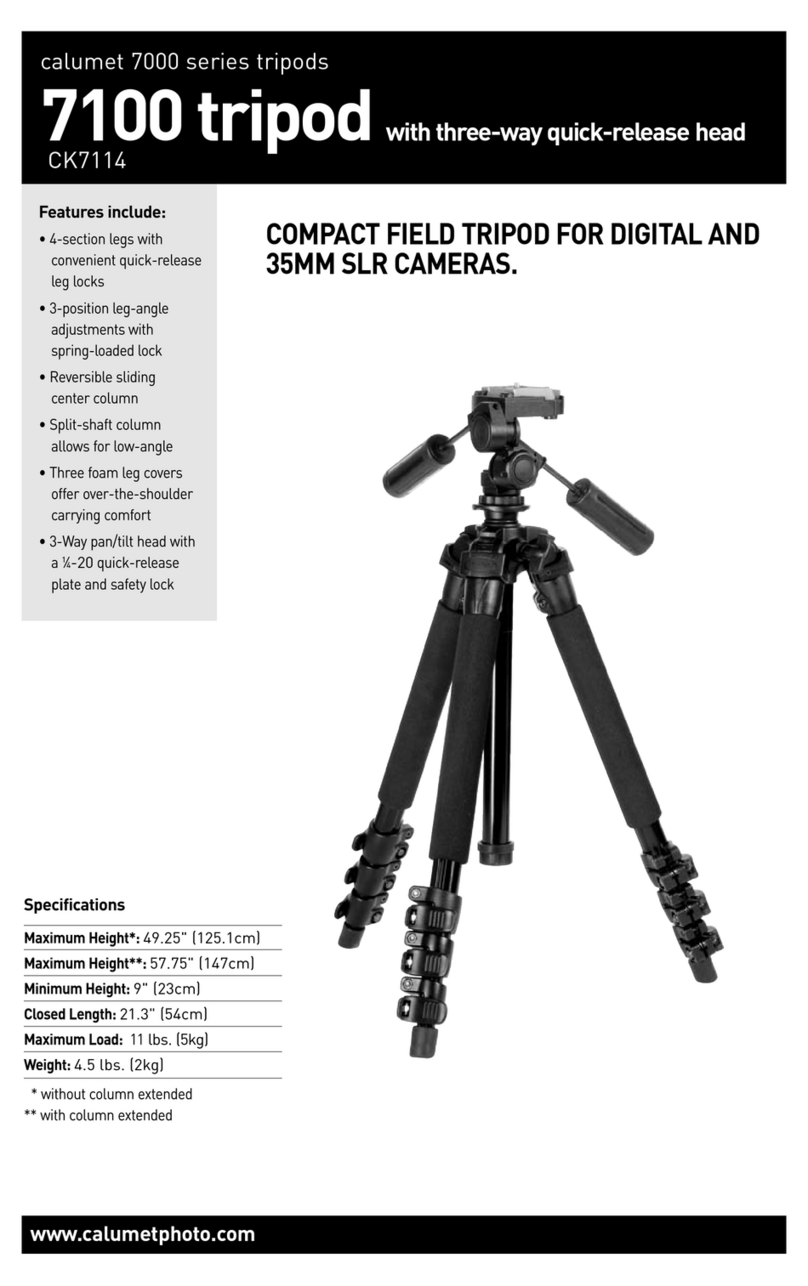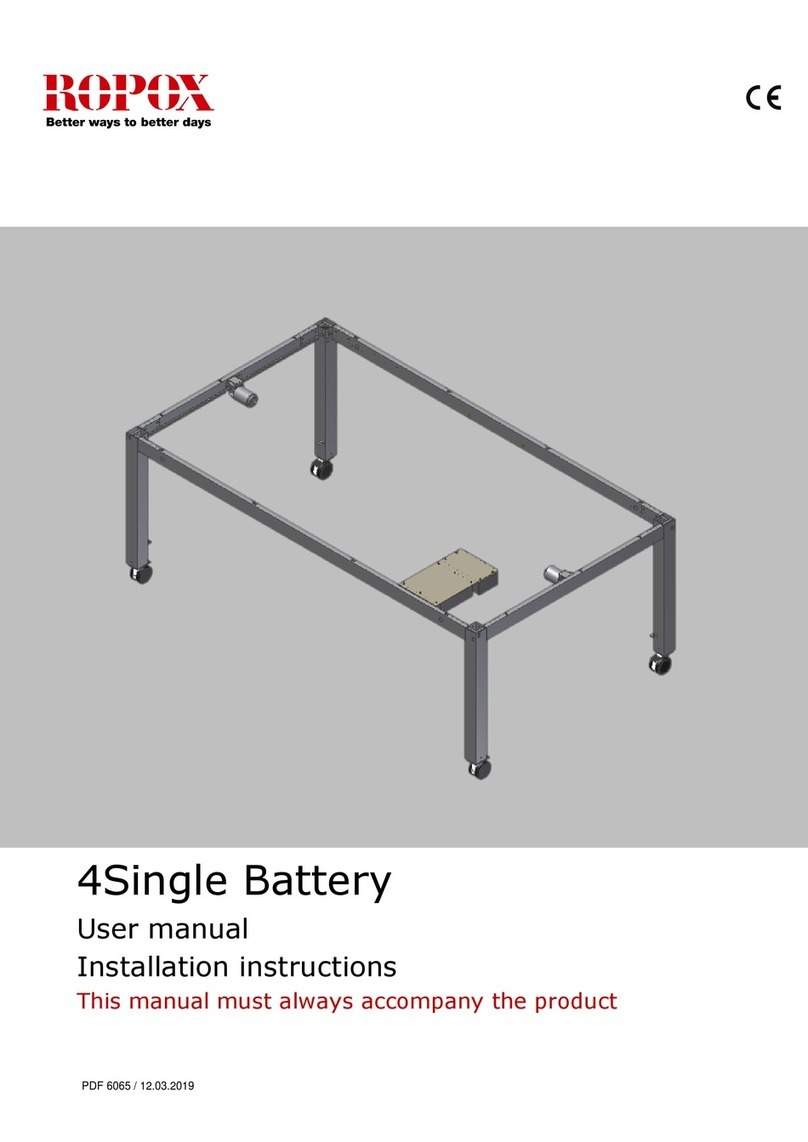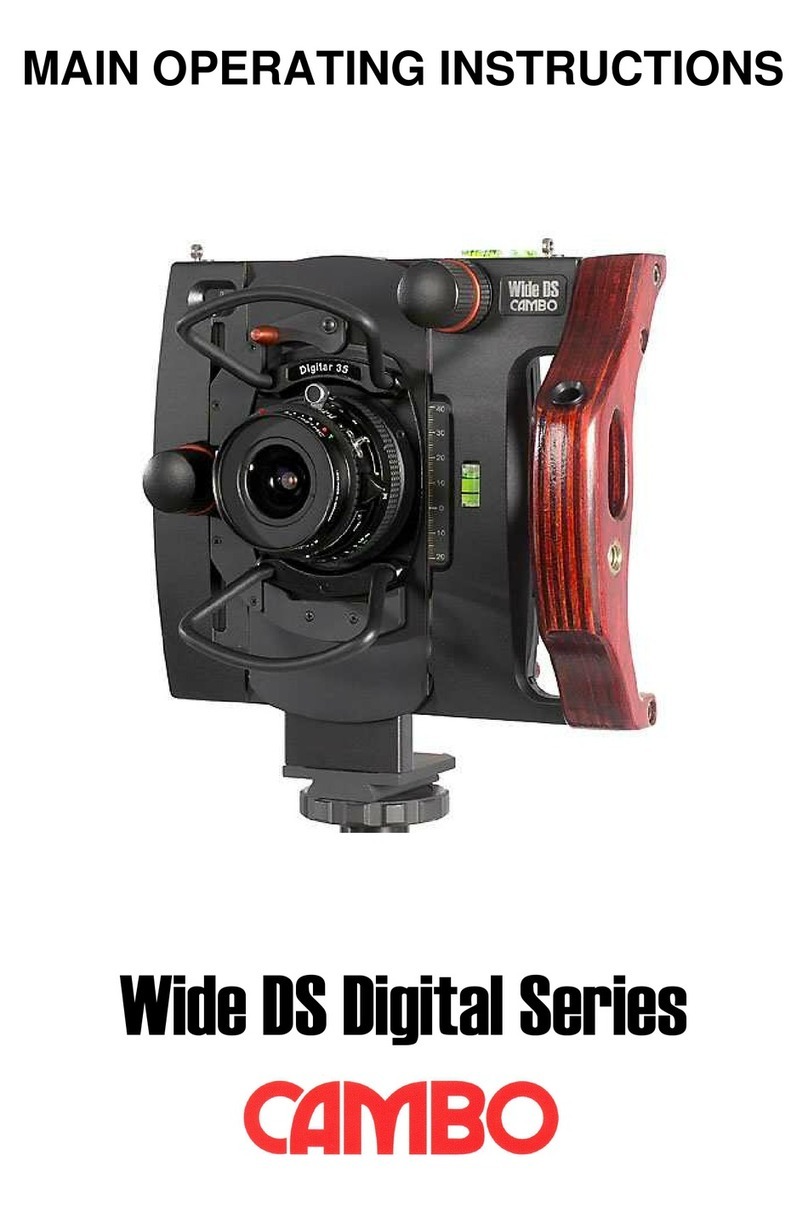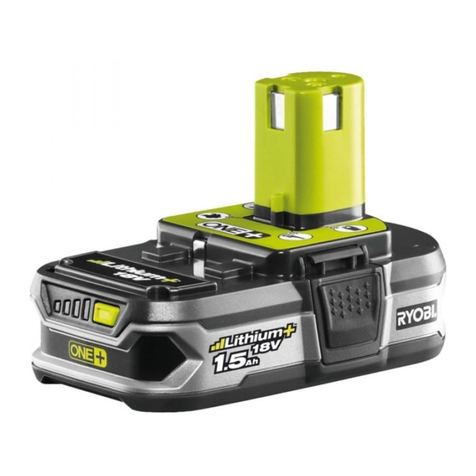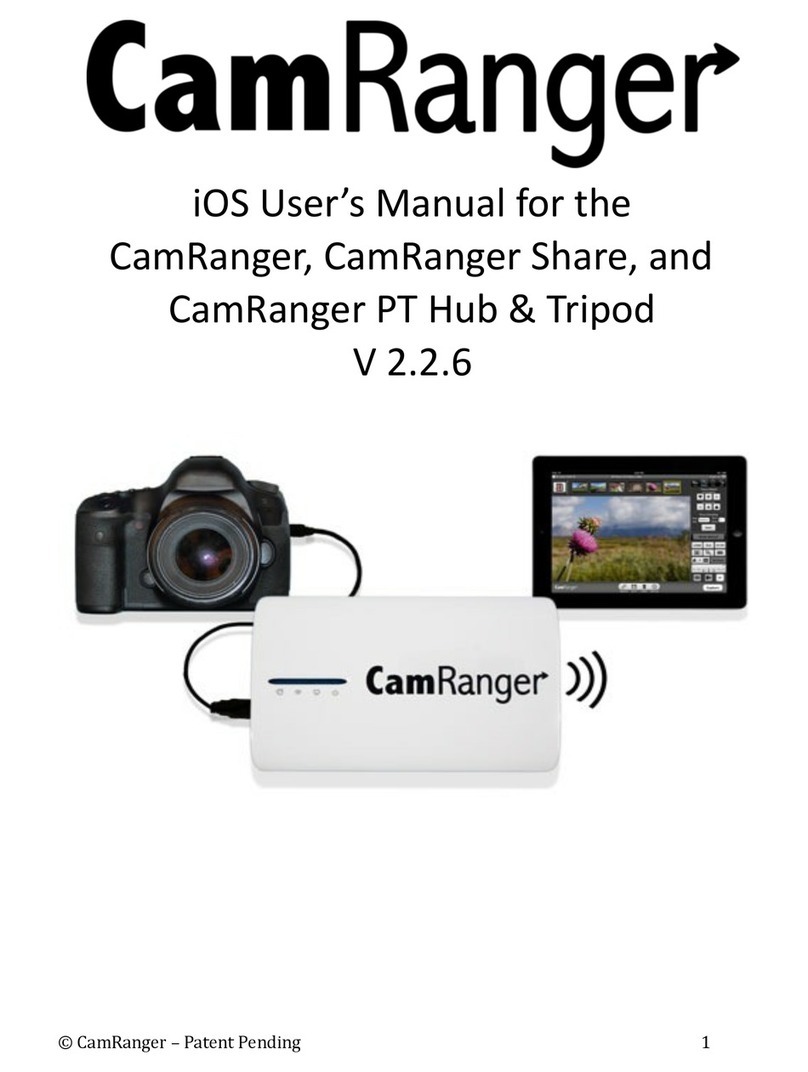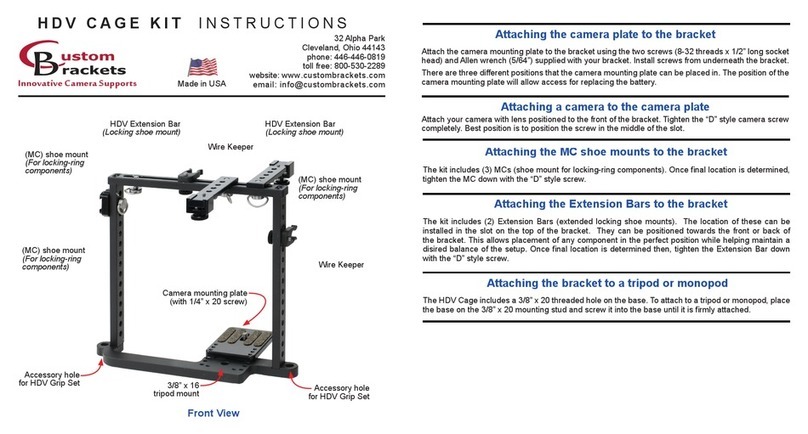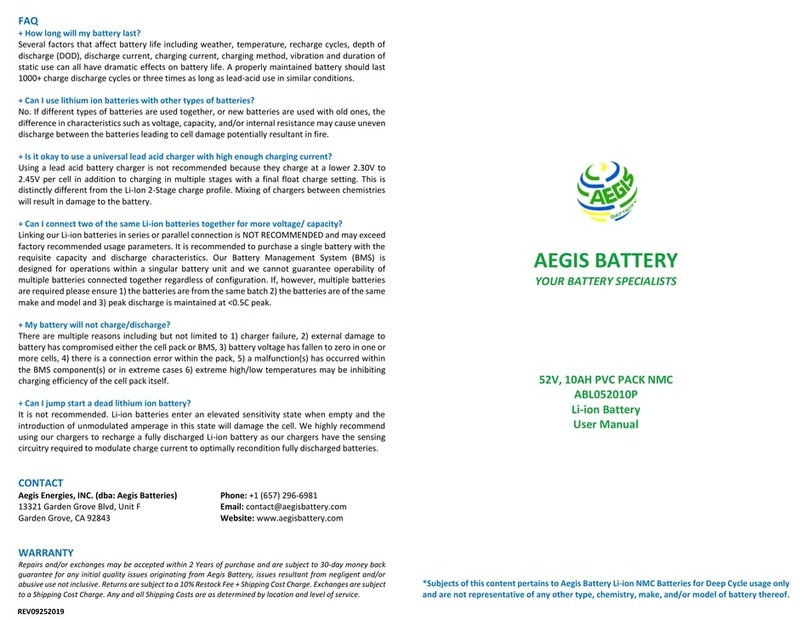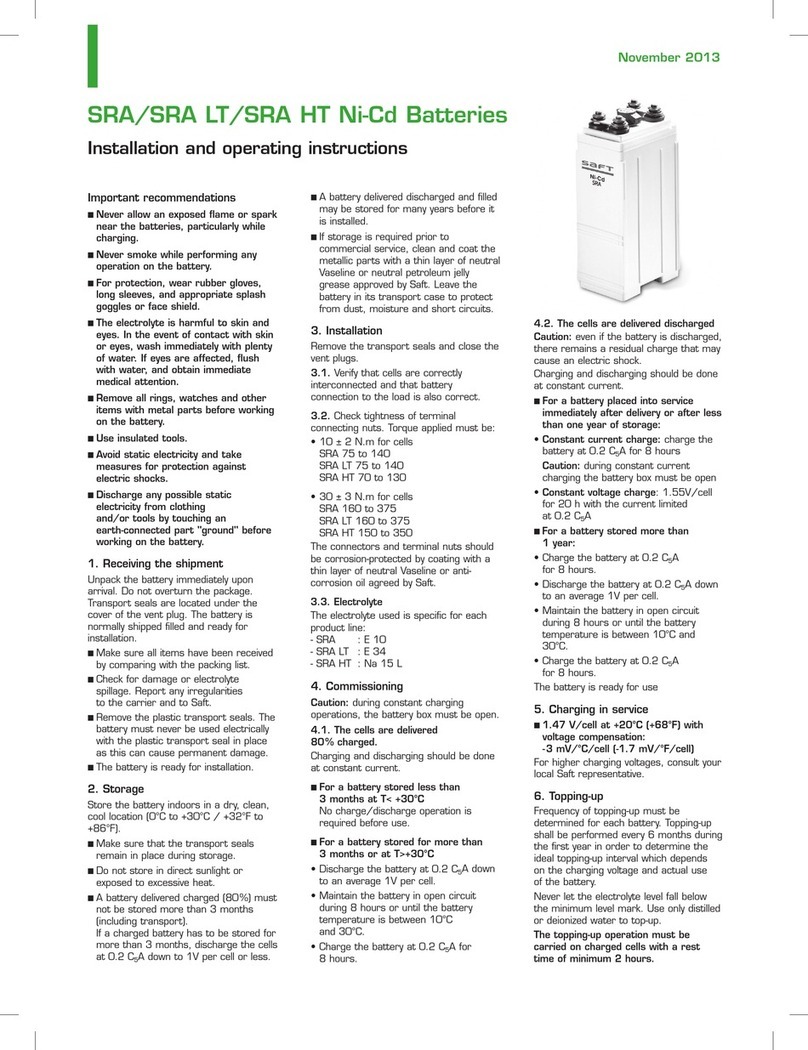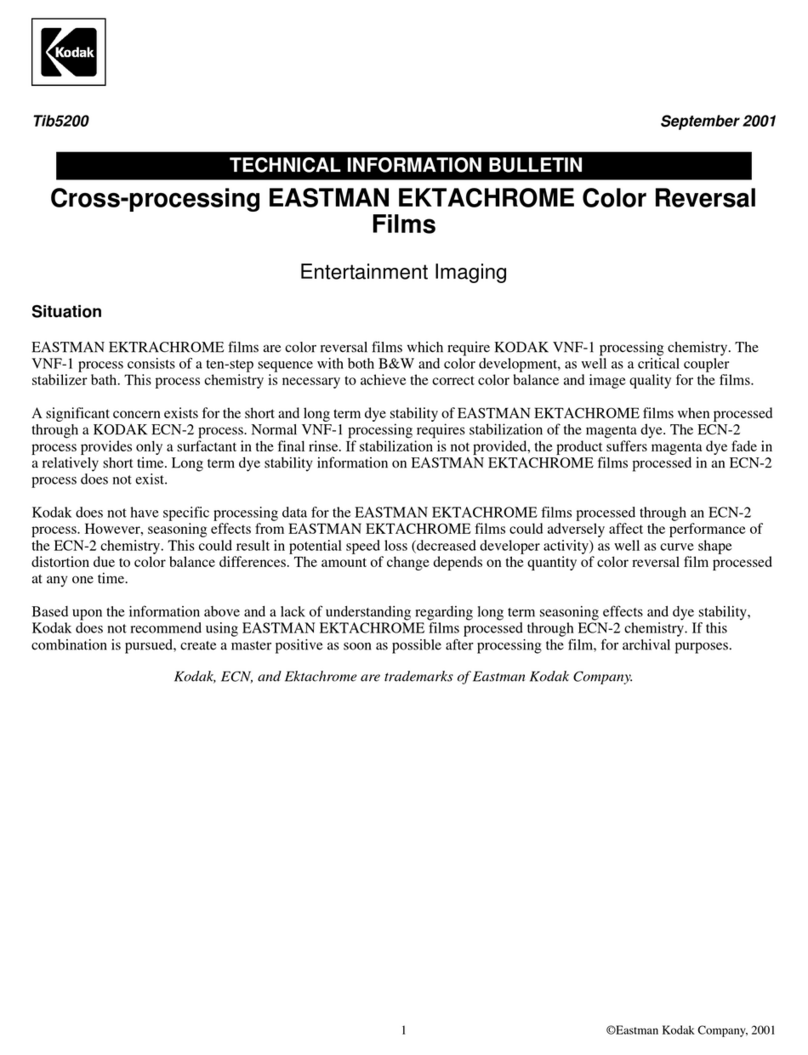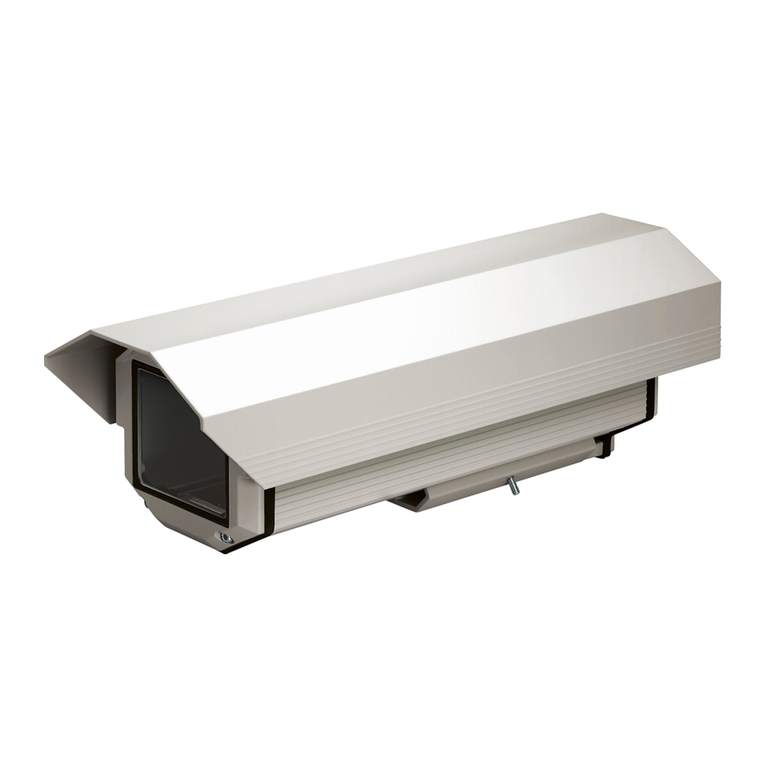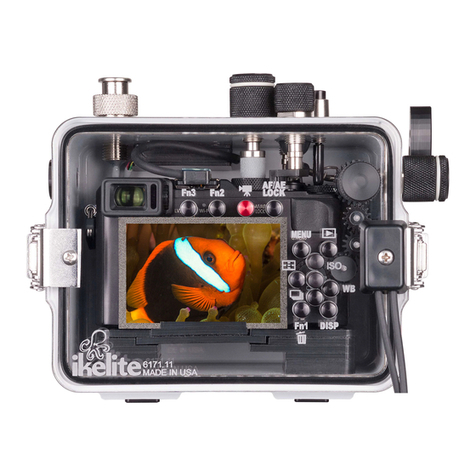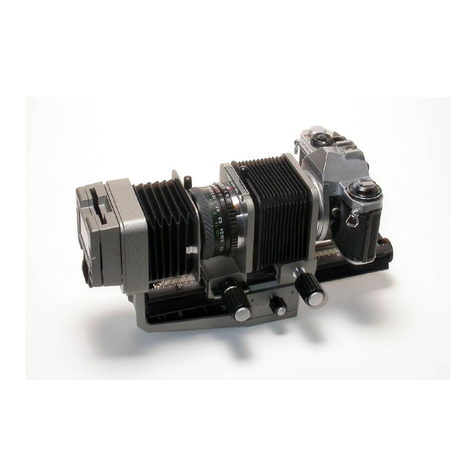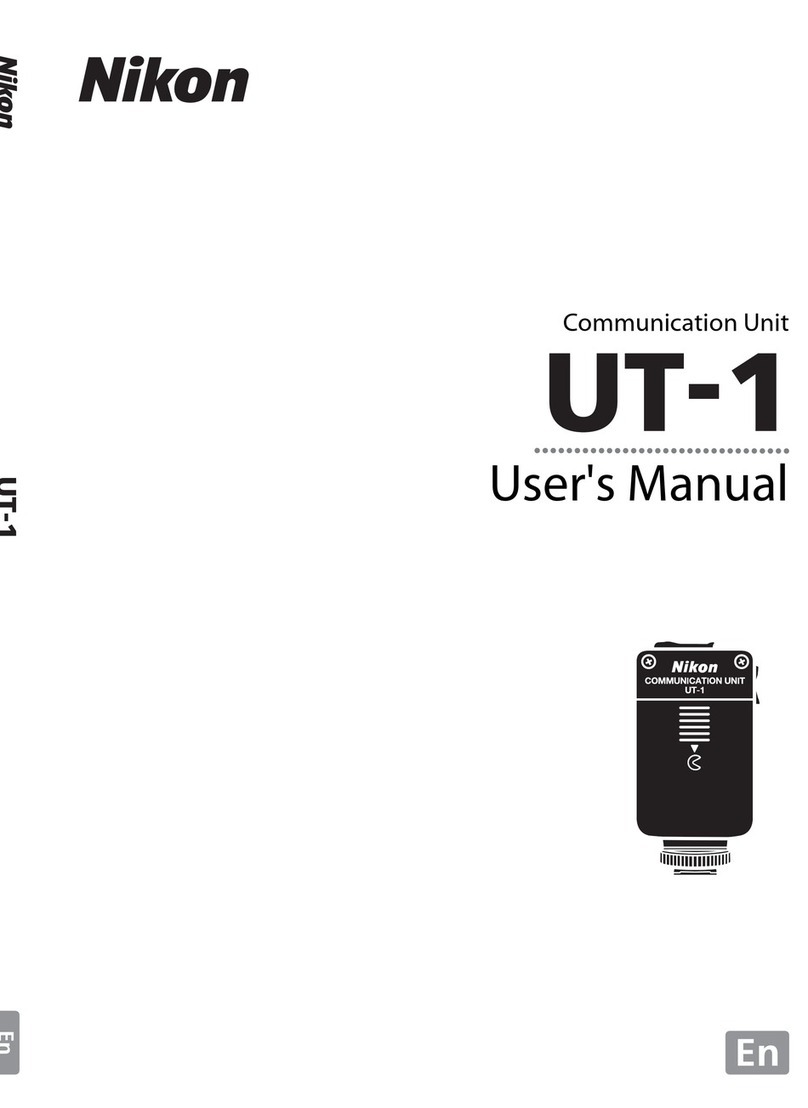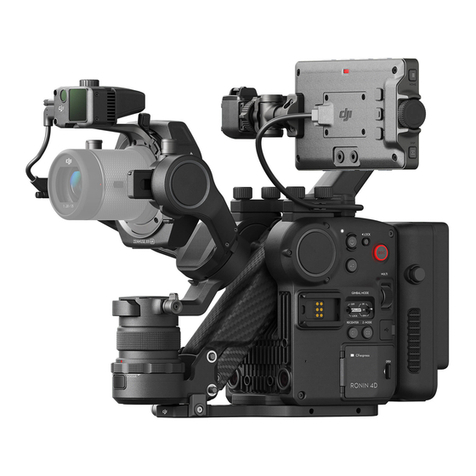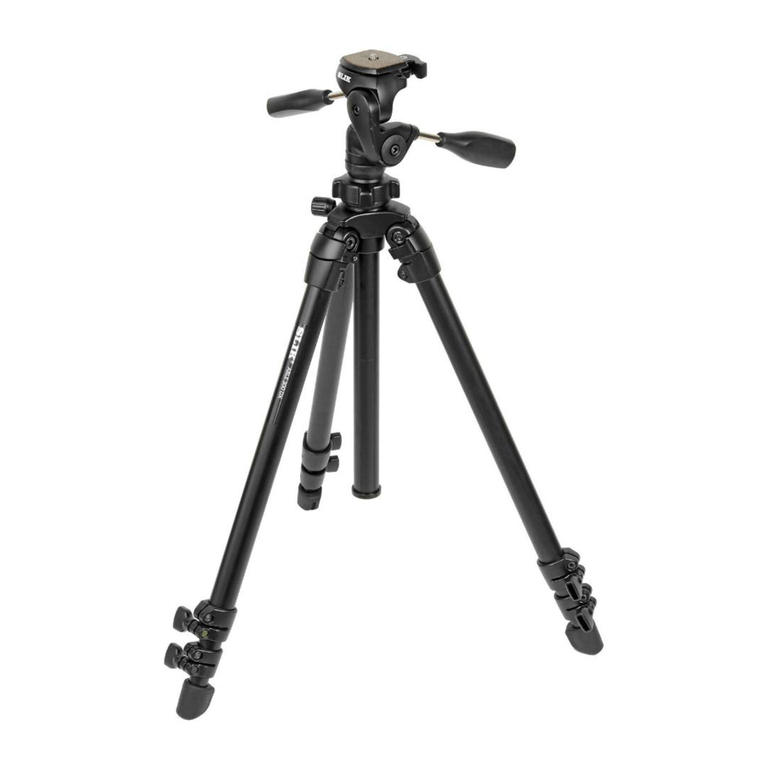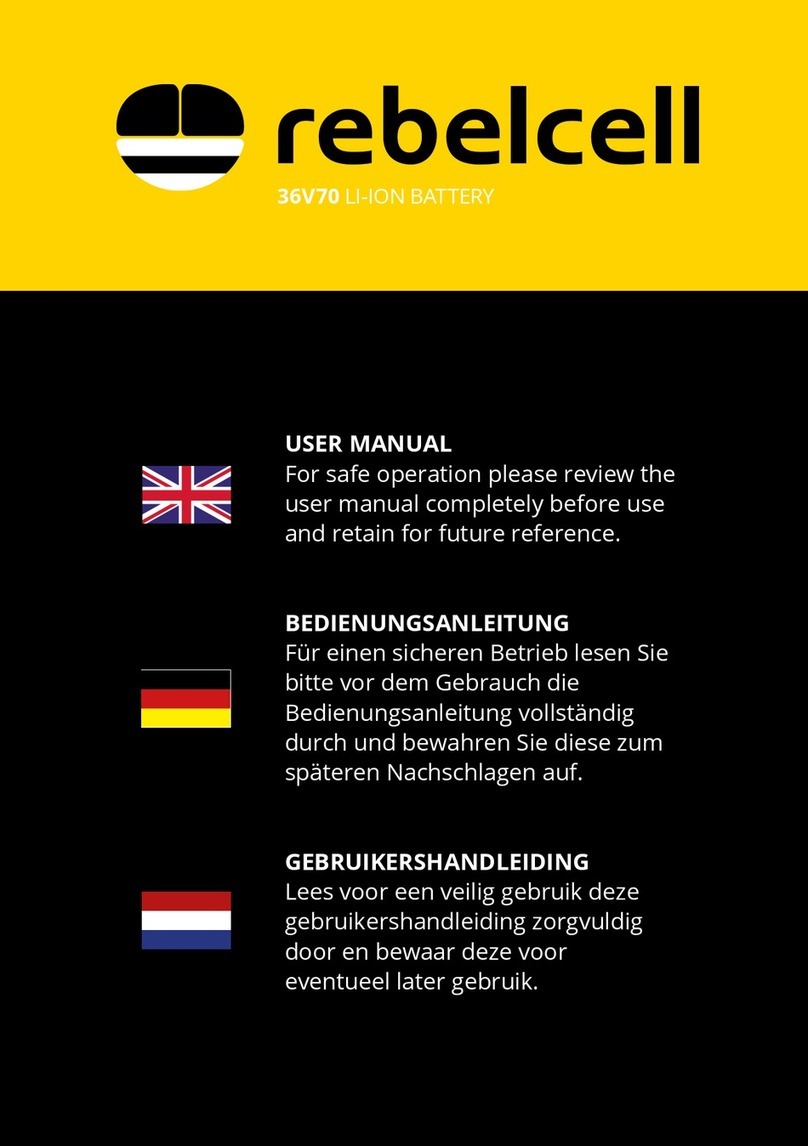NEWTON 1
USER MANUAL
1 Introduction
1.1 OVERVIEW
The Newton remote head is a fully electronically stabilized, three axis with free pan made for broadcast
and film production from cranes, wires, rails and vehicles.
The Newton is designed to be paired with the Dominion remote controller. Connection between
them can be either wireless or wired and the Dominion provides full control of all the functions of the
Newton.
1.2 WARNINGS AND RESERVATIONS
WARNING
Before connecting or turning on the Newton remote head read this manual
carefully.
WARNING
Do not power or charge the Newton controller with anything but external
power supplies delivered and approved by Intuitive Aerial for use with
Newton. Doing so can permanently damage or destroy your Newton.
Newton accepts external power between 12 volt and 26 volt. Powering it
with more than that can permanently damage it.
WARNING
Make sure that the camera and any other equipment is properly secured
before turning on the Newton.
WARNING
The Newton is rain protected but it is not water proof, so do not expose it
to direct spraying water or submersion into water.
WARNING
To get the best possible range, always extend the antennas vertically when
using and make sure they have a free line of sight to the controller.
DO NOT DISTRIBUTE
Copyright © 2016 Intuitive Aerial AB
